
The Orion Nebula is part of a larger stellar network called the Orion Molecular Cloud Complex, one of the most active star-forming regions visible in the sky. The Orion Complex consists of several molecular clouds, including the Lambda Orionis Molecular Ring, the Orion A Cloud, which includes the Orion Nebula, and the Orion B Cloud, which includes the Flame Nebula. The bustling stellar nursery is brimming with towering pillars of gas and dust, home to fledgling stars. The entire scene is sculpted by young stars ejecting charged particles as stellar wind and emitting powerful ultraviolet light.
In the central region of the Orion Nebula are four bright stars in an open star cluster, known as the Trapezium due to their trapezoidal arrangement. These hot, young stars emit ultraviolet light that carves through the core of the nebula, leaving large cavities void of the thick clouds of gas and dust. The large chasm carved by the Trapezium conveniently faces Earth, allowing observers to peer into the nebula’s ‘heart’ and view the rich tapestry of star formation within.
Denne historien er fra Issue 125-utgaven av All About Space.
Start din 7-dagers gratis prøveperiode på Magzter GOLD for å få tilgang til tusenvis av utvalgte premiumhistorier og 9000+ magasiner og aviser.
Allerede abonnent ? Logg på
Denne historien er fra Issue 125-utgaven av All About Space.
Start din 7-dagers gratis prøveperiode på Magzter GOLD for å få tilgang til tusenvis av utvalgte premiumhistorier og 9000+ magasiner og aviser.
Allerede abonnent? Logg på
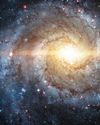
MYSTERIES OF THE UNI WHERE ARE ALL THE SPIRAL GALAXIES?
There are far fewer spiral galaxies than elliptical ones in the Supergalactic Plane, and scientists are keen to discover why
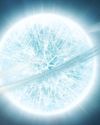
ZOMBIE STARS
+10 OTHER TERRIFYING SPACE OBJECTS

HOW TO BEAT LIGHT POLLUTION
Thought it was impossible to observe the wonders of the night sky from towns and cities? Think again. Follow our tips and tricks on successfully observing through sky glow
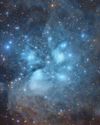
15 STUNNING STAR CLUSTERS
These beautiful stellar groupings are spattered across the cosmos
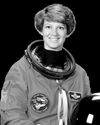
Eileen Collins "It was a difficult mission...we were the first to see Mir"
Having served as both the first female pilot and first female commander of NASA's Space Shuttle, Collins boosted the involvement of women in space exploration to a whole new level
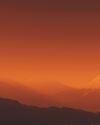
MARS LEAKS FASTER WHEN IT'S CLOSER TO THE SUN
The Red Planet has lost enough water to space to form a global ocean hundreds of kilometres deep
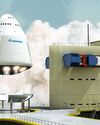
FUTURE TECH KANKOH-MARU
This ambitious reusable spacecraft will be capable of taking 50 people to and from orbit
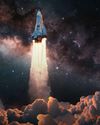
THE FINAL FRONTIER
Beyond the reach of the Sun is a fascinating region of the cosmos that were only just beginning to explore
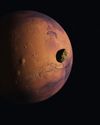
A long-lost moon could explain Mars' weird shape and extreme terrain
A long-lost moon could explain why Mars is so different from the other rocky planets in the Solar System. Today Mars has two tiny moons.
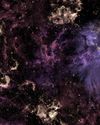
A sprinkling of cosmic dust may have helped kick-start life on Earth
Cosmic dust may have helped kick-start life on Earth. New findings challenge a widely held assumption that this wasn't a plausible explanation.